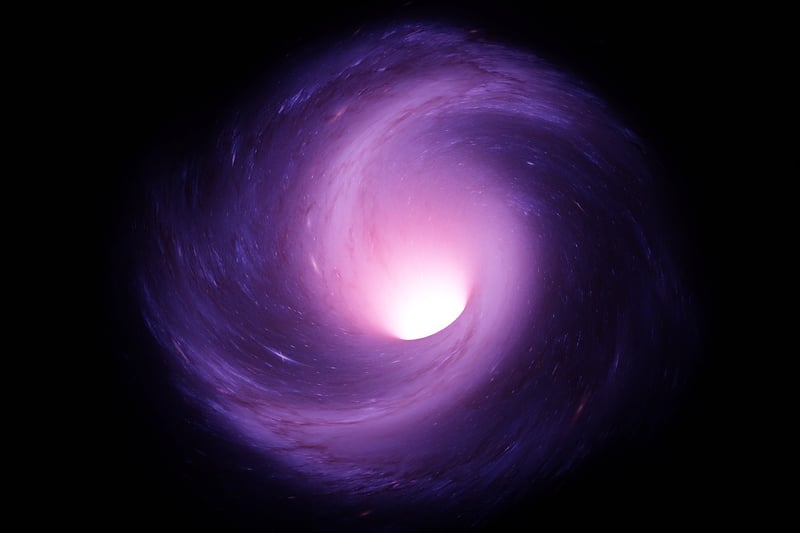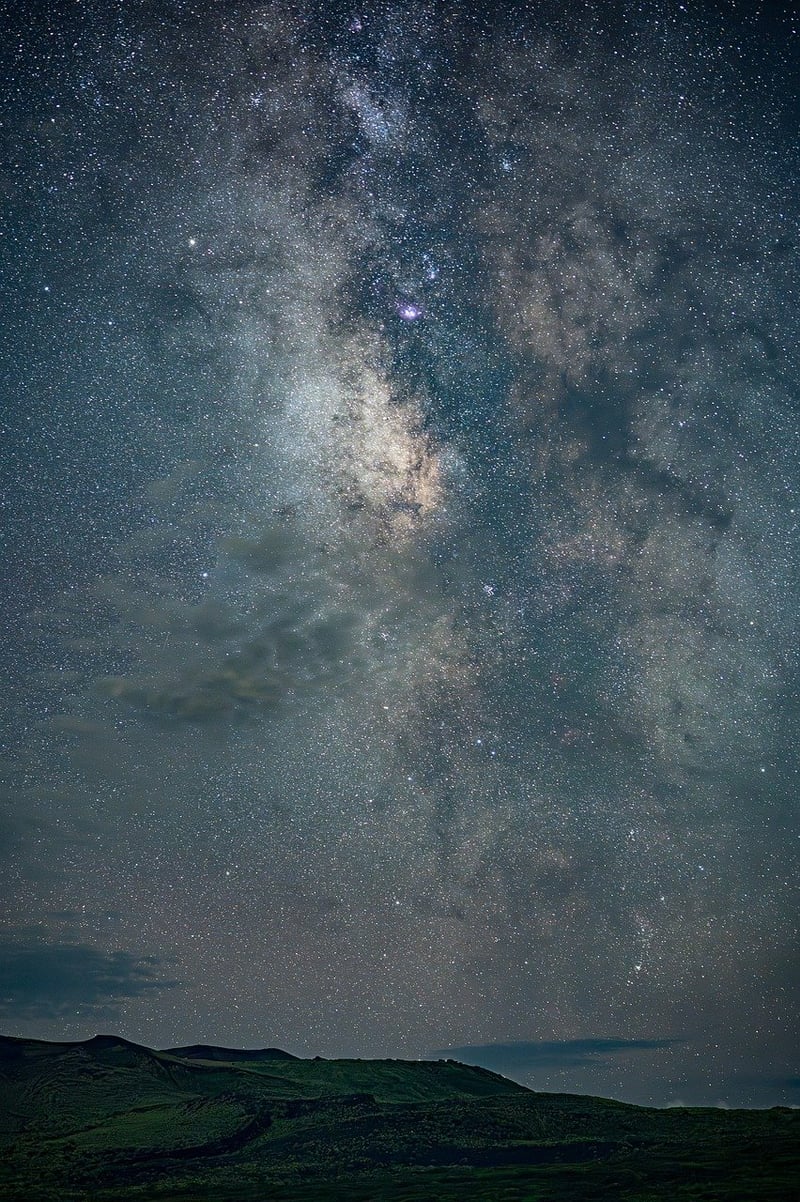Parallel Universes
Exploring Methods of Time Travel and Parallel Universes
Introduction
Time travel and parallel universes have long captured the imagination of science fiction enthusiasts and physicists alike. The concept of traversing through time or existing in multiple realities opens up a realm of possibilities and challenges our understanding of the universe. In this article, we delve into various methods of time travel and discuss the intriguing idea of parallel universes.
Methods of Time Travel
Time travel is a fascinating concept that has been a popular theme in movies, books, and scientific theories. While time travel as commonly depicted in fiction may not be scientifically feasible, several theoretical methods have been proposed:
1. Wormholes
Wormholes are hypothetical tunnels in spacetime that connect two separate points. Traveling through a wormhole could potentially allow for shortcuts through spacetime, enabling a form of time travel. However, the existence of traversable wormholes is purely theoretical and has not been observed.

2. Time Dilation
According to Einstein's theory of relativity, time is not absolute but relative to the observer's motion and gravitational field. Time dilation occurs when an object travels at speeds approaching the speed of light or in strong gravitational fields, causing time to pass differently for the moving object compared to a stationary observer.
3. Tipler Cylinder
The Tipler Cylinder is a theoretical solution in general relativity that involves a massive, rotating cylinder. If the cylinder is long and dense enough, it could theoretically create closed timelike curves, allowing for time travel into the past. However, the energy requirements for creating such a device are currently beyond our technological capabilities.
Parallel Universes
The concept of parallel universes, also known as multiverses, suggests that there could be an infinite number of universes coexisting alongside our own. Each universe may have different physical laws, constants, and even alternate versions of ourselves. While the idea is speculative, several theories propose the existence of parallel universes:
1. Many-Worlds Interpretation
The Many-Worlds Interpretation of quantum mechanics suggests that every possible outcome of a quantum event actually occurs in a separate universe. This theory implies that every decision we make creates branching realities where all possible outcomes exist in parallel universes.
2. Brane Cosmology
Brane cosmology posits the existence of multidimensional membranes (branes) in higher-dimensional space. According to this theory, our universe could be just one of many branes floating in a higher-dimensional "bulk." Interactions between these branes could give rise to parallel universes with different physical properties.

Conclusion
Time travel and parallel universes represent some of the most intriguing and mind-bending concepts in science and fiction. While the practical realization of these ideas remains elusive, exploring the theoretical frameworks behind them expands our understanding of the universe and challenges the boundaries of what is possible. Whether through wormholes, time dilation, or parallel dimensions, the exploration of time and reality continues to captivate our imagination.
